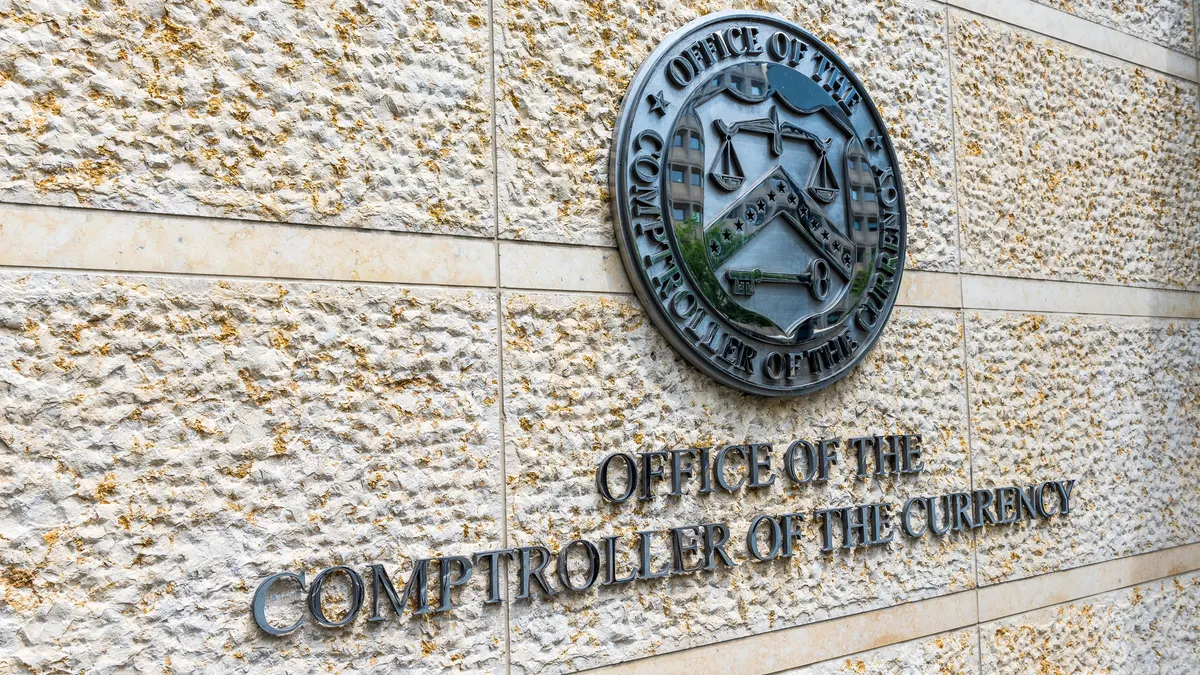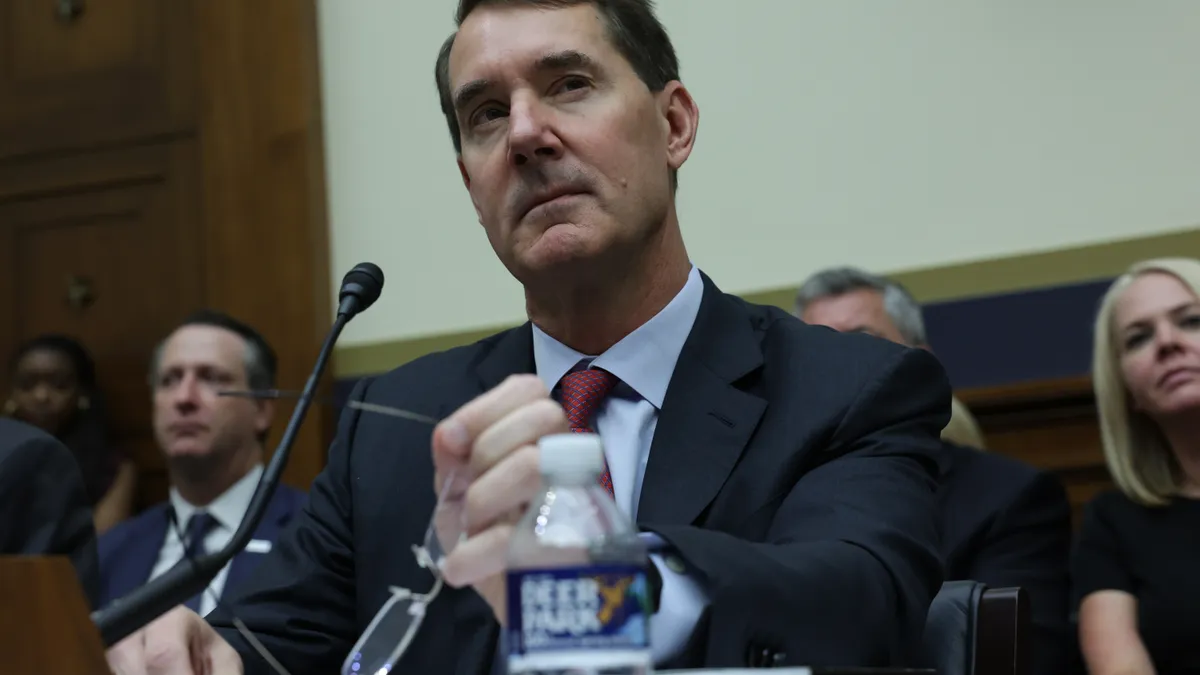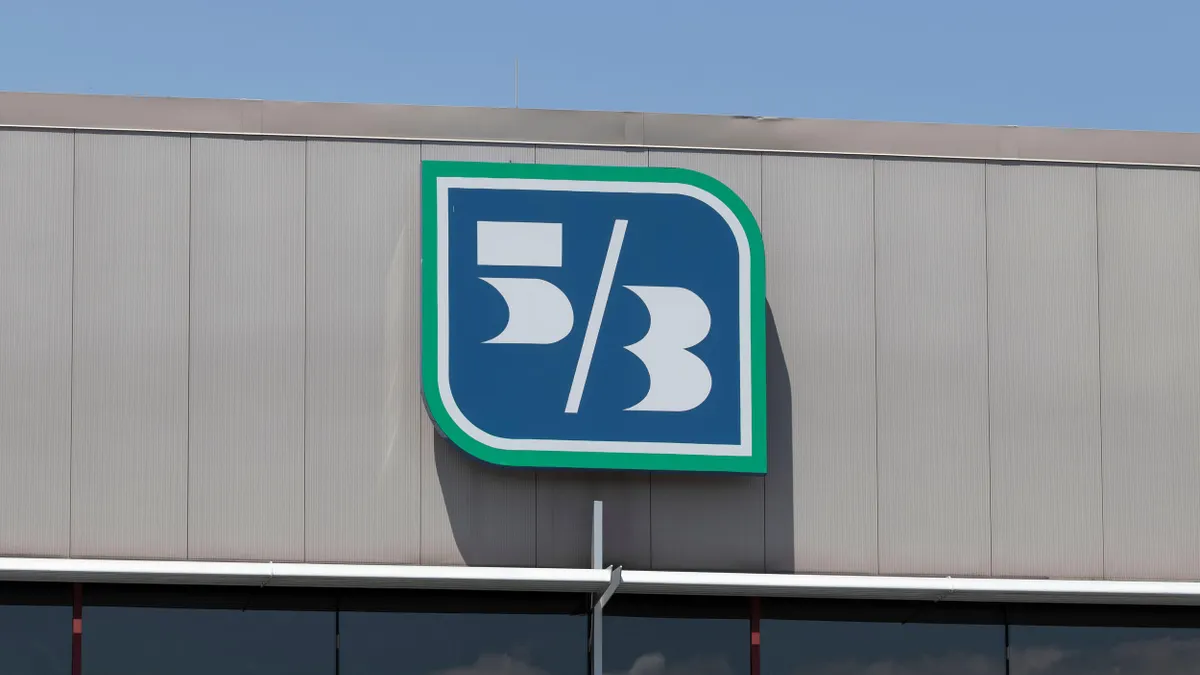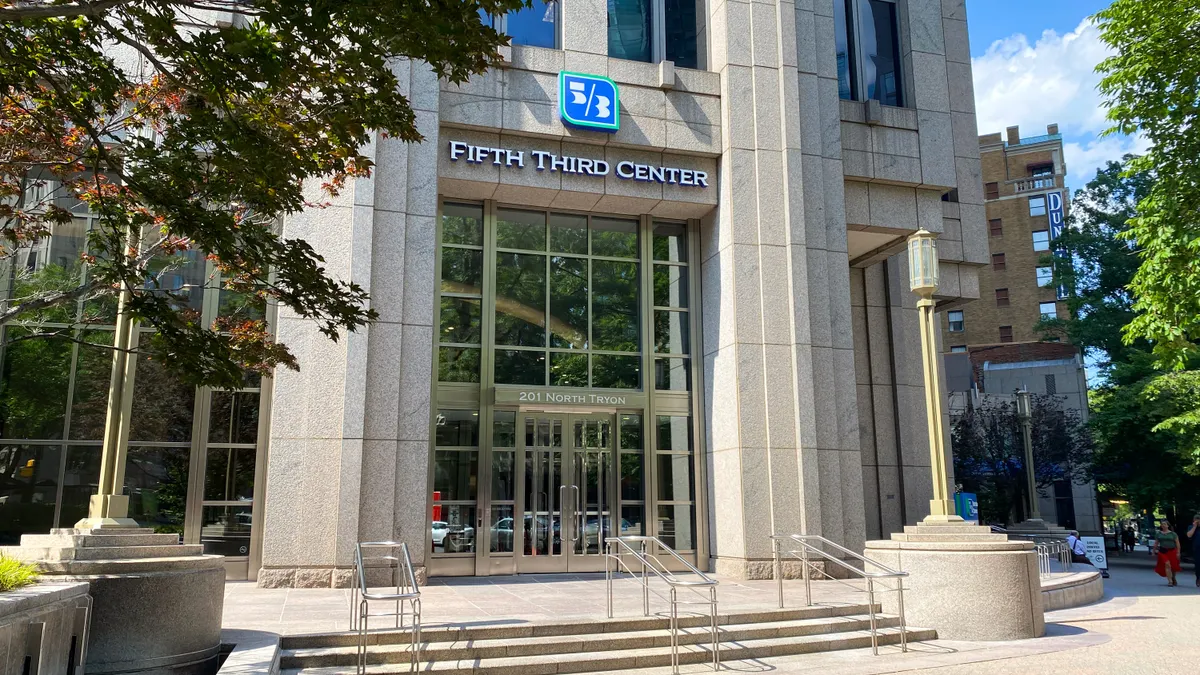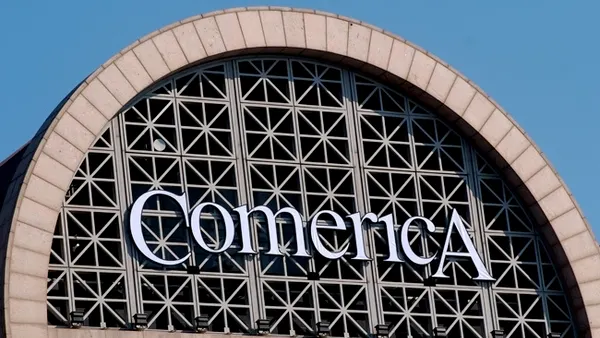Turmoil in the financial industry, following a string of regional bank failures, could usher in an uptick in mergers and acquisitions, experts said.
Consolidation resulting from the failures and takeovers of struggling lenders has already kickstarted a lagging bank acquisition landscape. Regional lenders that survive the current headwinds, however, could be eyeing mergers as a strategic option to strengthen their positions in a tough market, said Ingmar Brömstrup, BCG’s North America lead of the financial institutions practice.
“M&A can provide a strategic option for banks to get back to higher return profiles,” Brömstrup said. “Certain players might look at the current environment as a true opportunity to get into attractive segments of the market.”
Brömstrup said the current landscape could also usher in a restructuring time, with some banks willing to sell certain portfolios, allowing stronger institutions the opportunity to consolidate positions.
“If certain regional banks need to focus on strengthening their current financial position, that could allow larger banks to take advantage of opportunities that present themselves in the market,” Brömstrup said.
However, consolidation may not be the best option for every struggling regional bank, said Joe Lynyak, a banking attorney at Dorsey & Whitney. A merger may expand a bank’s earnings base, but simply combining institutions may not necessarily solve all of a regional firm’s problems, he said.
With rising interest rates, many banks are facing unrecognized losses in their held-for-investment portfolios, Lynyak said. Many banks with significant exposure to the real estate market are also facing strains, he added.
“What type of consolidation is going to help a bank work through these issues? Is a merger going to be appropriate or is it really going to be holding the line and, down the line, when things calm down, raising more capital to be able to address two very significant longer term problems?”
Consolidation on the horizon?
"I'm already having knocks on my door," Mona Dajani, a partner at law firm Shearman & Sterling, told Reuters last week. "A lot of the regional or smaller banks are looking at being acquired. We've also been approached by some big bulge bracket banks that are also looking to acquire the regional banks.”
Speculation that dealmaking could pick up in 2023 comes as the industry has seen a down year in bank M&A.
U.S. banks announced 167 mergers last year, with a total deal value of $22.62 billion, according to S&P Global. That’s the lowest yearly deal value since 2014, when announced tie-ups totaled $19.02 billion across 283 deals, according to S&P Global.
JPMorgan Chase CEO Jamie Dimon weighed in on the M&A landscape during a call with analysts last week, telling them he believes bank consolidation is inevitable.
“[B]anks will consolidate. You're going to have all of that taking place,” he said, following his firm’s decision to acquire San Francisco-based First Republic Bank in a sale orchestrated by the FDIC.
Last week’s waiver from regulators that allowed JPMorgan to acquire the ailing regional bank was a notable concession, and has fueled speculation that regulators may have changed their tune when it comes to large bank consolidation.
For years, JPMorgan Chase, which holds more than 10% of the U.S.’s total bank deposits, has been restricted in its growth.
The bank has acquired plenty of nonbank firms in recent years, but the option to grow deposits through a traditional bank takeover has long been out of the question for the New York City-based lender.
As part of last week’s deal, JPMorgan will pay the FDIC $10.6 billion and take in roughly $173 billion of First Republic’s loans, $30 billion of securities and $92 billion in deposits
“The functioning of First Republic was essentially that of an extremely large private bank, which might prove to be very valuable for JPMorgan Chase — in particular, its high-end customer base,” Lynyak said. “JPMorgan Chase was able to acquire 84 new branches without having to deal with the merger limitations applicable to the largest U.S. banks.”
During last week’s call, Bank of America Merrill Lynch analyst Ebrahim Poonawala asked Dimon if he thought the transaction signals regulators may view consolidation as a market solution to future stress in the banking sector.
“You should ask the bank regulators what their real view is of consolidation,” Dimon said.
Regulatory stance
In recent years, top banking regulators have said the approach to bank M&A is in need of a revamp.
The Office of the Comptroller of the Currency announced last year that it is working with the Justice Department and fellow bank regulators to review merger frameworks that may be seen as dated.
Without such enhancements, “there is an increased risk of approving mergers that diminish competition, hurt communities or present systemic risks,” Acting Comptroller Michael Hsu said.
The Biden administration has also zeroed in on consolidation in banking, issuing a July 2021 executive order demanding “more robust scrutiny” of mergers.
But the recent string of bank failures could mean the White House and regulators will need to change gears regarding bank M&A in the months ahead.
“If the stress continues, the banking regulators are going to have to permit M&A,” FDIC Vice Chairman Jonathan McKernan told The Wall Street Journal on Friday.
“Everyone has a plan until they get punched in the face, and this mini-crisis could be the punch in the face that shifts the Biden administration’s restrictive thinking in bank consolidation,” Isaac Boltansky of financial-services firm BTIG, told the Journal.










